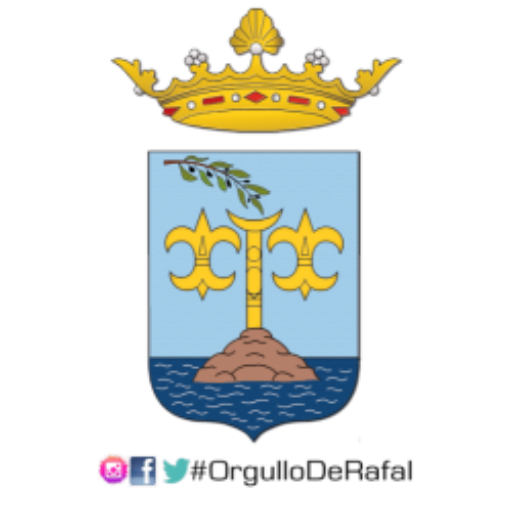The young spirit of the rafaleños was in charge of promoting the creation of a new brotherhood. If a group of young people, to accompany the “step” of the “Virgin of Sorrows”, reflected their spirit in the figure of the beloved disciple whom, at the foot of the Cross, Jesus entrusted to his Mother, in the group that Occupy the spirits were directed more by way of the painful sense of the Death of Jesus Christ.
In 1953, Manuel Grau, Mariano, Enrique Mirete, José Salinas Seva, Antonio Morante Mirete, Francisco Bernabeu Lizardo, Blas Mula Martínez, Francisco Herrero Hurtado, Gabriel Gutiérrez Parres, Joaquín Gómez Lizardo, Montserrat Ferrández Martí and José Bertomeu Soriano decided To form a brotherhood to take part and to recover the processions of Easter rafaleña. Inspired by the devotion that the mother of Antonio Morante, “Aunt Manuela”, professed in the image of the “Santo Cristo Yacente”, they chose to acquire the image of a tomb. From the first dates they agreed to meet in the carpentry workshop of the officers, family to which belonged Antonio Morante, they had in front of the street of the Cross, very close to the church.
With the payment of 5 pesetas a week they decided to travel to Valencia the following year, and in the sculptural workshop of the imaginary Vicente Rodilla Zanón, to acquire the image of a Holy Sepulcher, all carved in wood, which the sculptor had prepared to send to a Peruvian parish. Its price was 12,000 pesetas, and the transfer to Rafal was made on a car without a transport cow, tied with ropes fastened by the windows.
Once in Rafal, it was stored in the warehouse of the “Cosio”, on Calvary, until its transfer to the church to be blessed and from that moment become a point of reference of Holy Week for its sculptural magnificence and for the Seriousness of his parade.
From 1954, on the night of Holy Saturday, the procession of the “Brotherhood of the Holy Sepulcher”, with its image of “Christ Yacente”, reflected in the nakedness of his body the last breath of the earthly life, escorted by the penitents with Their black robes and the candles that pour their wax as tears of affliction along the “Holy Burial.”
Two years later he made a banner with the image of the holder embroidered in gold thread, a work of craftsmanship that gives value to the already rich heritage of the brotherhood.
It is clear that the fee of 5 pesetas could not give much over time, but neither personal resources experiencing great progress. For this reason, the confraternity decided to draw its artistic vein and also to form a theatrical group that with its interpretations could raise funds to maintain the growing rate of evolution of the processional expenses. His repertoire ranged from light comedies and costumbristas such as “El Padre Pitillo” by Carlos Arniches and “Anacleto divorces” Pedro Muñoz Seca, until the drama “Tierra Baja” by D. Ángel Grimera. It was years in Rafal that one could speak of a real theater season, where the performances of the “Sepulcro” alternated on the stage with those of “San Juan” and the people divided themselves into supporters of one or the other.
To date, the image has been restored once, as time was making a dent in it and the pillow and feet began to crack. The task of restoration was carried out by the painter of the neighboring town of San Bartolomé, D. Manuel Fuentes.
Today it processes in a simple throne realized by Antonio Morante, that lets the body of Jesus Christ tense to the cold death and overwhelmed by the suffering of his martyrdom.
[su_custom_gallery source=”media: 29076″ link=”lightbox” width=”200″ height=”200″ title=”always”]
